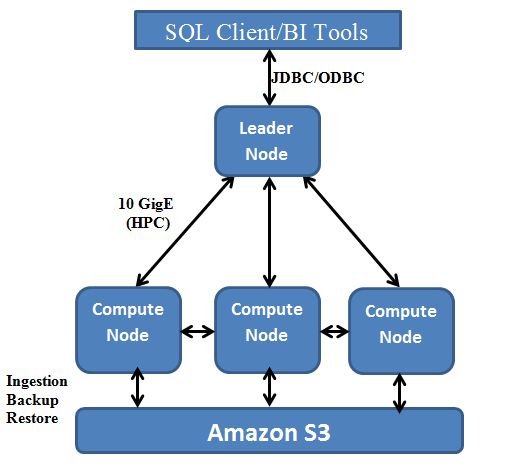AWS boosts Cloud computing performance with High Memory Cluster Instances
The growing demand for more cloud computing power, memory and bandwidth revealed high memory cluster instances that were addressed by Amazon Web Services (AWS). These cluster instances can handle a large amount of in-memory analytics systems. The Amazon Elastic Compute Cloud (Amazon EC2) instances can serve memory-intensive applications such as databases, in-memory analytics, caching and scientific computing. According to AWS, High Memory Cluster instances are aimed at applications that require a large amount of memory on a single instance or need to use distributed memory architectures.
Continue reading at: http://goo.gl/EyCCq
Oracle eyes huge growth from ‘Democratization of BI’
With enterprise BI tools oozing down to business users, Oracle is eyeing increased amount of growth in the Indian market. As competition is becoming more severe, business analytics has become extremely important for organizations to gain insights from the massive amount of information being generated. With the need for faster decision making, organizations can no longer afford to restrict access to BI or analytics tools within the top management.
Continue reading at: http://goo.gl/lmJX2
HTML5 vs. native mobile apps: Myths and misconceptions
The tremendous break out of the Mobile Web has initiated a debate over the best approach for developing applications that give consumers and employees what they have come to expect. It involves whatever content they want to access, at any time of the day. In fact, 2012 may be remembered as the year of HTML5, the catch-all term used for the latest protocols that define the content, layout, and navigation of Web pages through browsers which took the Internet by storm. Yet concerns surrounding HTML5’s architecture linger, along with a debate concerning the use of native mobile apps versus apps developed for the Mobile Web.
Continue reading at: http://goo.gl/r6sa6
A new business model for SharePoint 2013
The latest version of SharePoint will change the way we implement new applications within our companies. Though we are a long way off from seriously up taking SharePoint 2013, it is important to keep in mind that SharePoint is a platform and not a product. It is both customizable and extensible as a platform. While ensuring core collaboration is being focused by Microsoft, document management and social capabilities are built into the platform, it depends on partners and other third party application developers to build applications that enhance these basics with richer functionality.
Continue reading at: http://goo.gl/HaaPh





.jpg)
